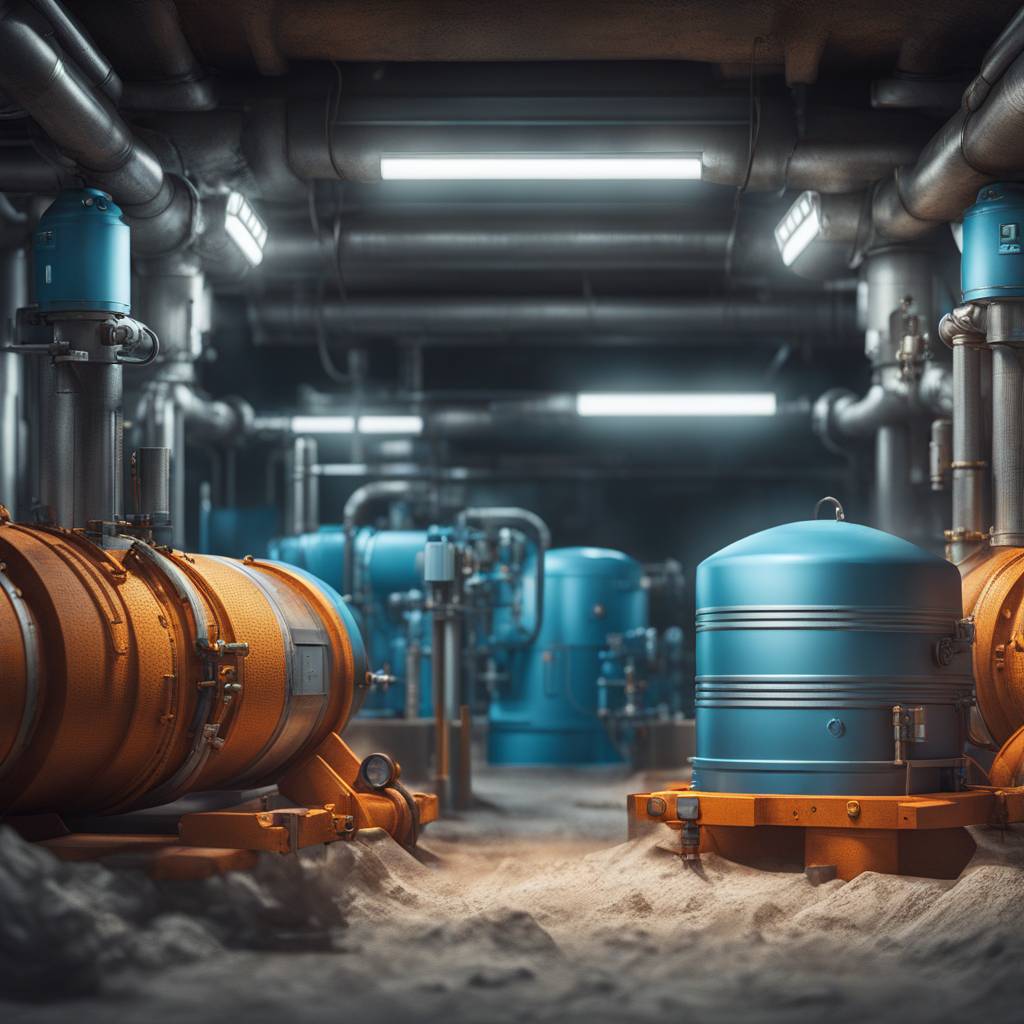A team of scientists at Sandia National Laboratories is exploring the possibility of using depleted oil and natural gas reservoirs to store hydrogen, a carbon-free fuel that can be produced using solar or wind power. Hydrogen has various applications, including the generation of electricity, powering heavy industry, and fueling vehicles with fuel cells. It can also be stored for long periods, making it suitable for seasonal and long-term storage when renewable energy sources are unable to meet energy demands. Storing hydrogen in metal tanks on the surface is impractical due to its low energy density and difficulty in compressing.
While hydrogen can be stored in underground salt caverns, such formations are not widespread in the United States, prompting the research into using depleted oil and gas reservoirs. The team led by chemical engineer Tuan Ho is investigating whether hydrogen stored in these reservoirs will remain trapped in the rock, leak out, or become contaminated. Initial experiments and computer simulations have shown that hydrogen does not remain trapped in sandstone but can get stuck in shale, which forms the seal around many reservoirs. The team is also studying how hydrogen interacts with specific clay minerals commonly found in shale.
Experiments conducted on samples of sandstone and shale have revealed that up to 10% of hydrogen can be adsorbed and retained within shale, making it a promising option for underground storage. However, residual natural gas present in depleted reservoirs poses a risk of contaminating the hydrogen when it is injected, as the gas can be released into the hydrogen storage. This would result in the production of carbon dioxide when the contaminated hydrogen is used, highlighting the importance of understanding and managing such interactions.
Further research is ongoing to assess the effects of hydrogen on depleted oil reservoirs and potential interactions with leftover oil in the reservoirs. These findings will provide valuable insights for conducting large field-scale tests of underground hydrogen storage, with plans for such tests to be carried out as part of the Subsurface Hydrogen Assessment, Storage, and Technology Acceleration project. Understanding how microorganisms and other chemicals in reservoirs may interact with stored hydrogen is also part of the research scope, as the aim is to establish widely distributed storage options for large quantities of hydrogen to support the transition to a decarbonized energy sector.


